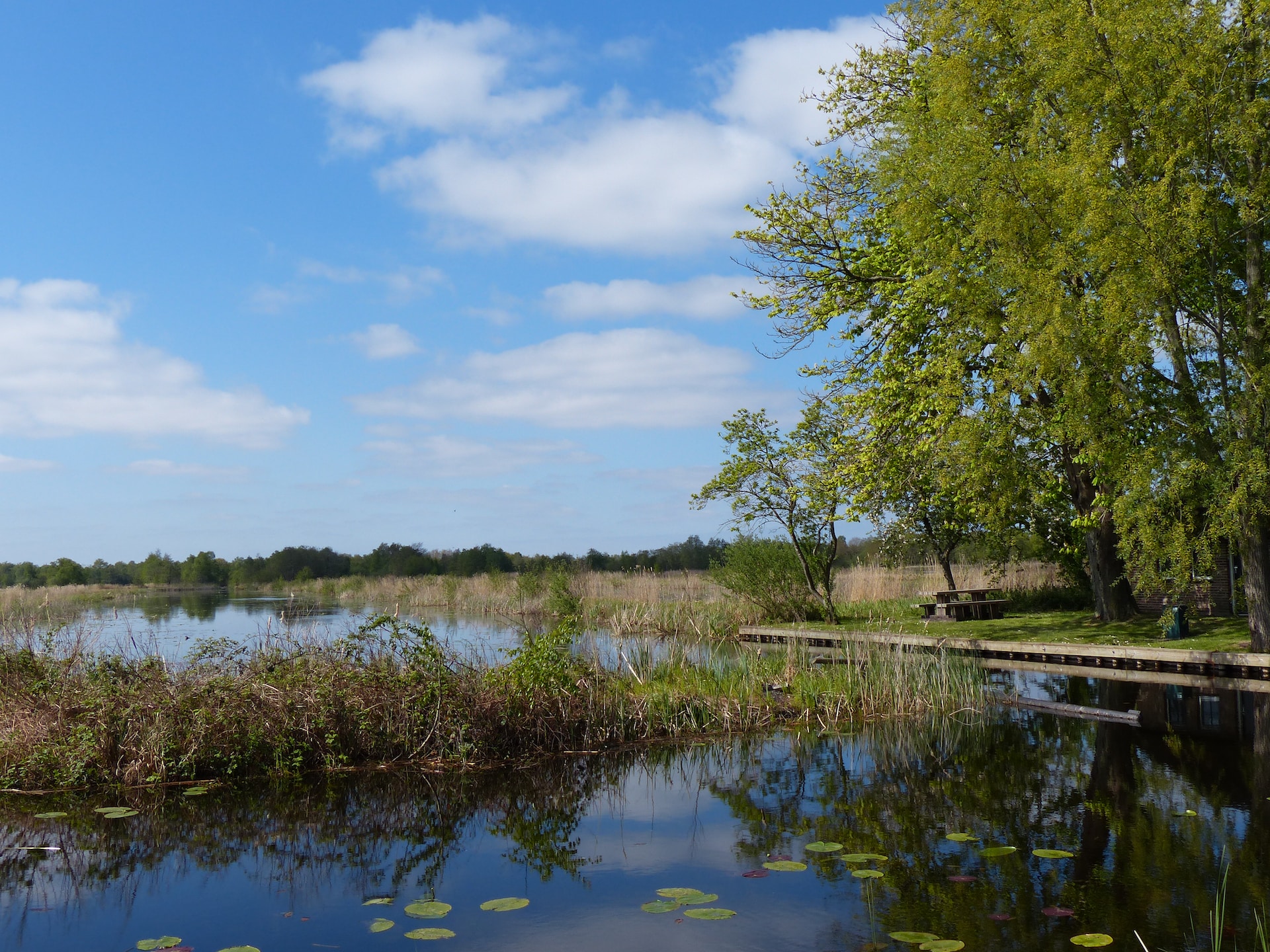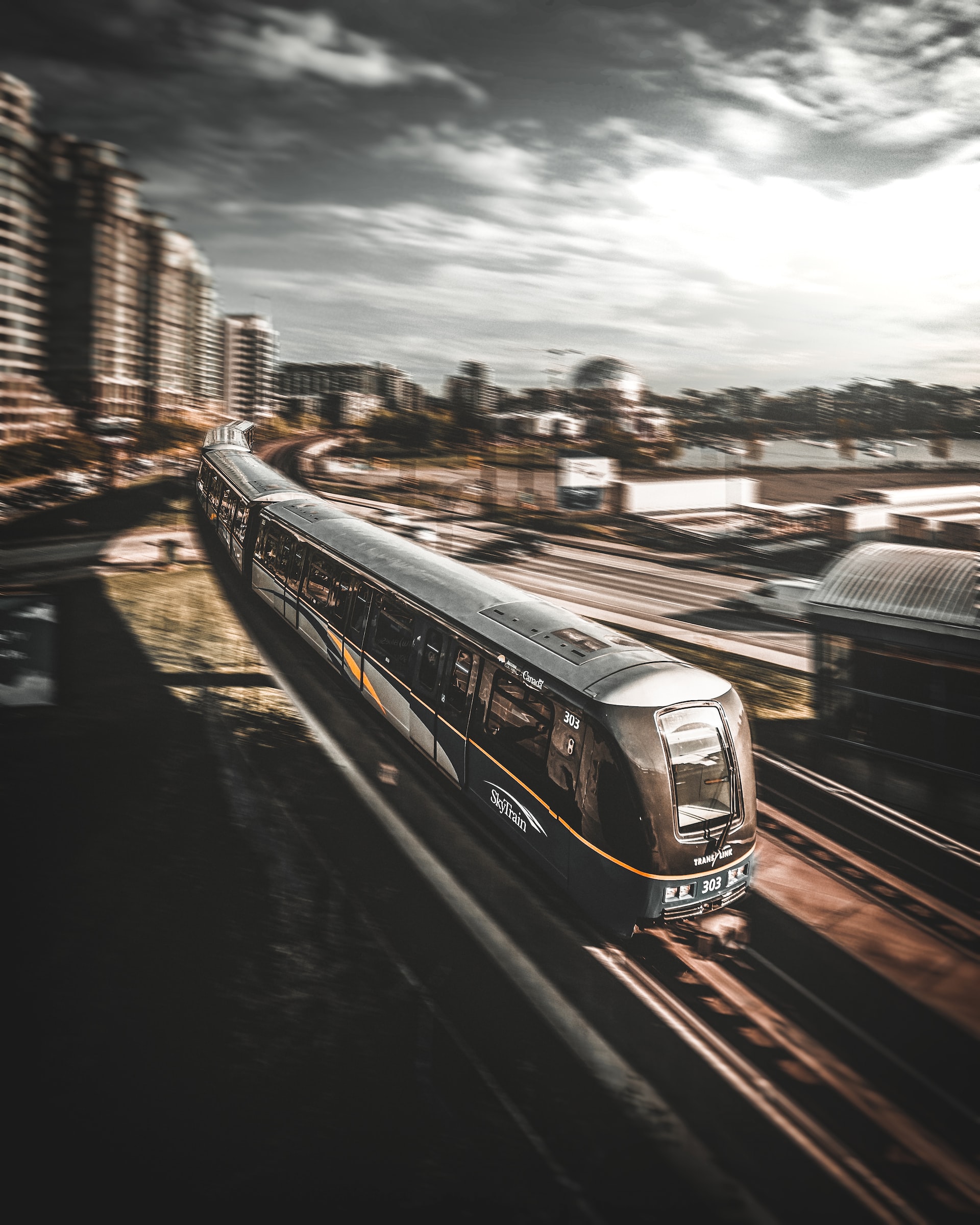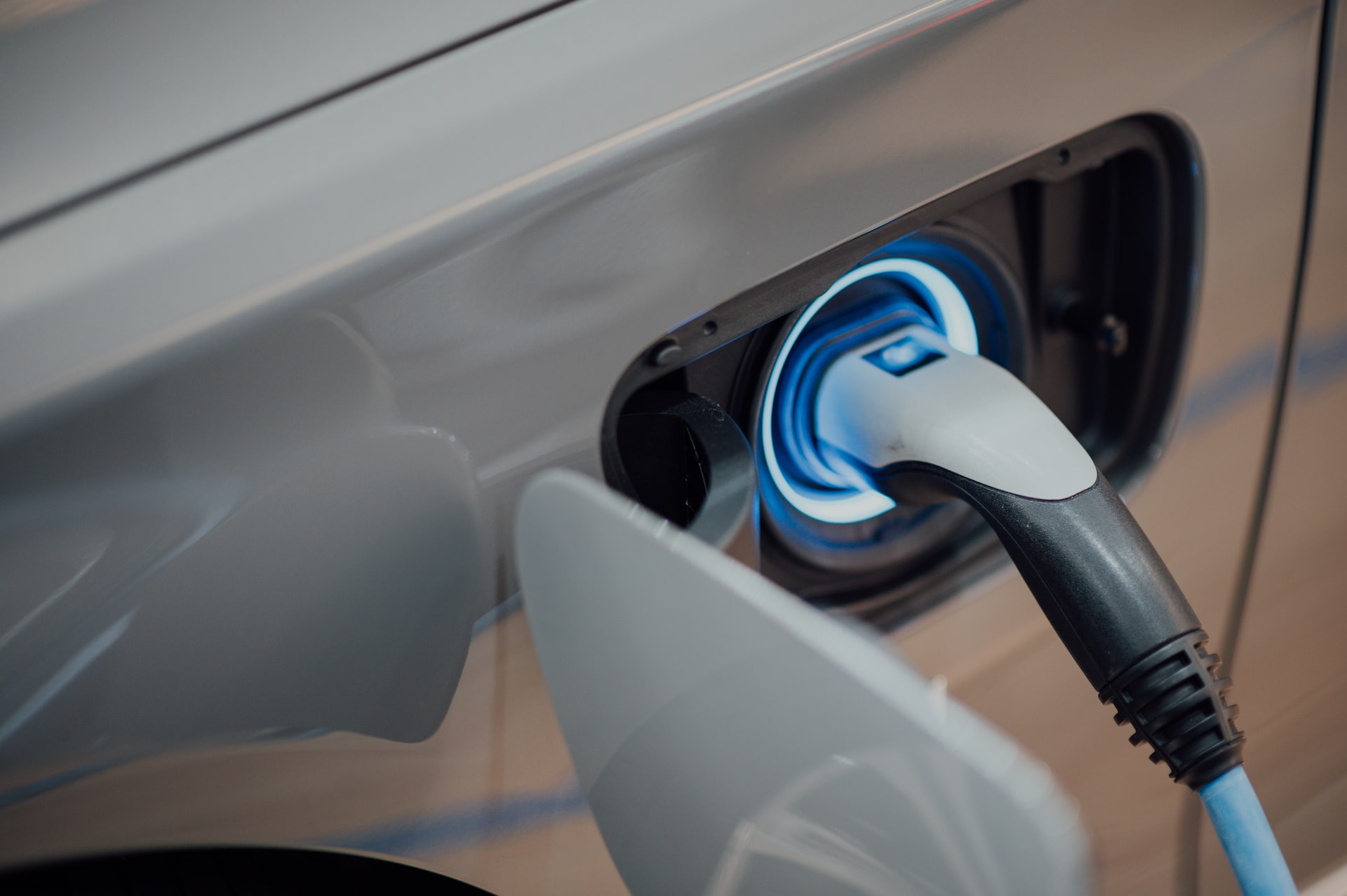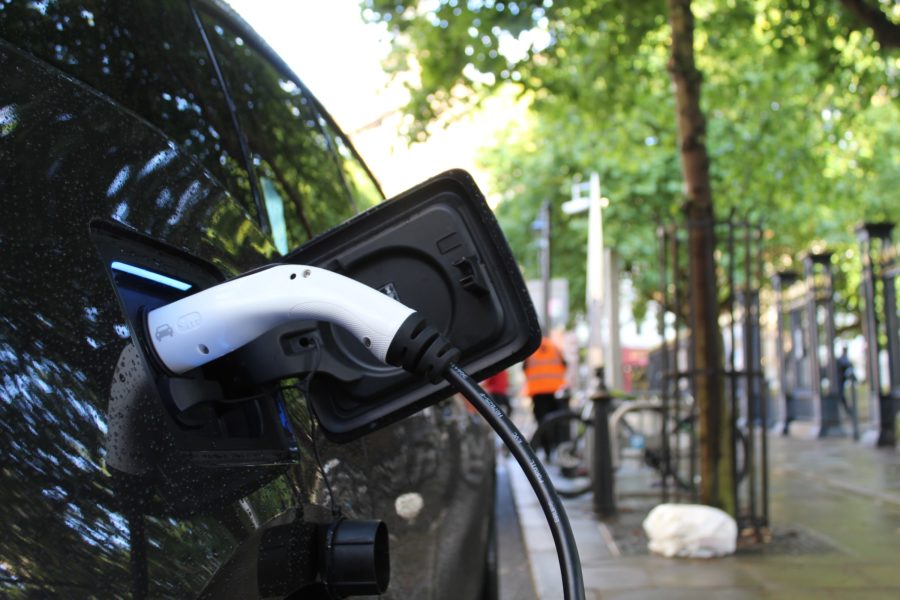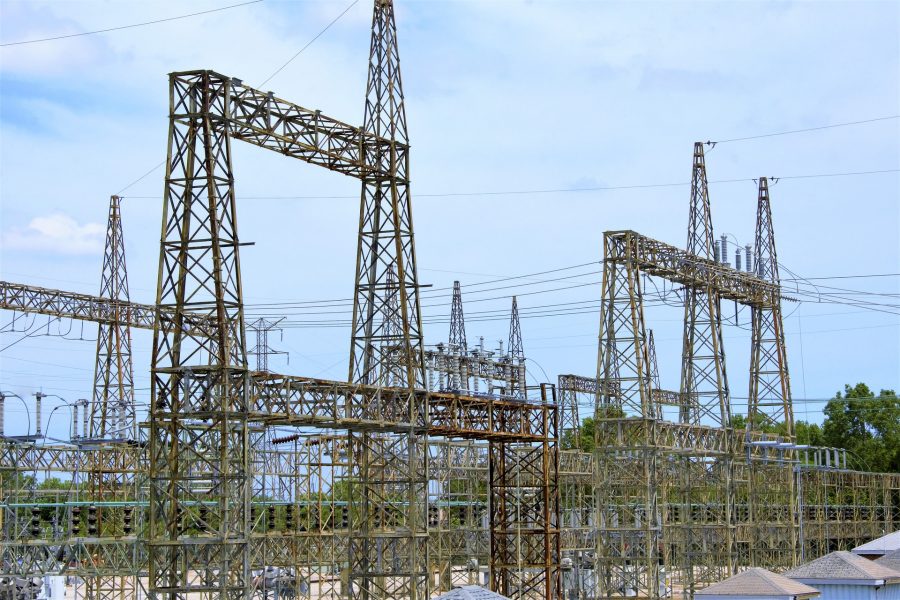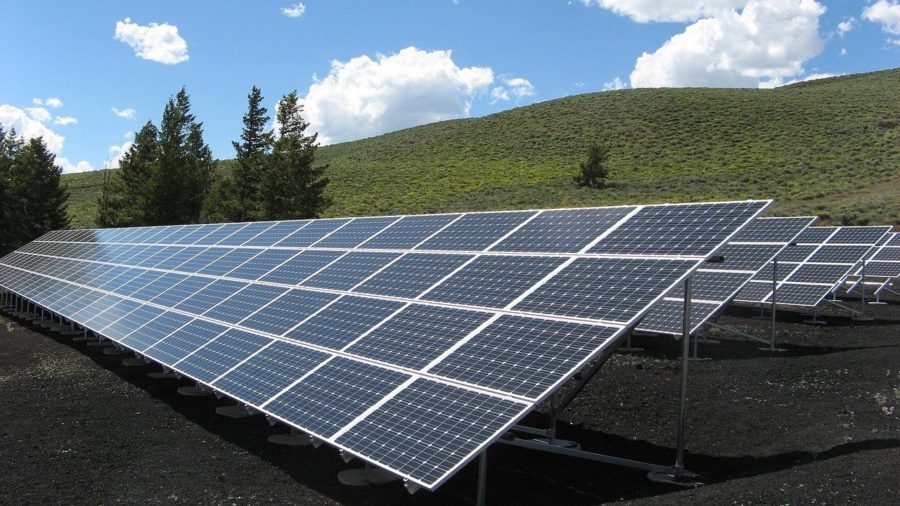
States Paving the Way for a Bright Future for Residential Solar
By: Jack Sundermann
When deciding whether to install solar energy systems into their homes, most Americans heavily consider overall cost and payback period on their investment. Despite advances in technology over the past decade, residential solar systems represent a significant investment with an average gross cost of $20,650.[1] Prices for similarly sized solar energy systems can vary wildly from state to state.[2] Interestingly, this is often less to do with average sunlight and more to do with the incentives and policies enacted by local governments.

